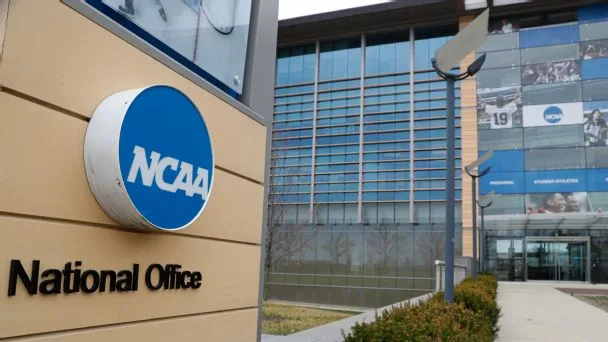The NCAA returns to a federal courtroom Wednesday to continue its fight against one of the many current challenges to its amateurism-based business model.
If this slow march toward something more akin to professional sports is starting to feel to you like the equivalent of an 18-play, 14-minute drive engineered by a triple-option offense, you’re not alone. The legal battles that have occupied the past several college football offseasons are tedious, repetitive and filled with a head-spinning menu of overlapping threats. It’s still unclear which threat among the current options has the best chance of breaking through, but the NCAA enters this offseason looking increasingly like a defense spread thin and on its heels, hoping for some unexpected help to get a stop.
Wednesday’s hearing in front of the U.S. Court of Appeals for the 3rd Circuit in Philadelphia is the next step in the Johnson v. NCAA case, in which several former college athletes argue they should have been paid an hourly wage like other student workers on their campuses. The NCAA contends that its business is unique and that the normal rules that determine whether someone fits the definition of an employee don’t make sense for college athletes. The appellate judges will eventually decide whether the standard tests for employee status should be applied to college athletes and their schools.
“This particular case is flying under the radar compared to some of the others we hear about much more frequently, but it’s important,” said Sarah Wake, who advises universities on athletic compliance issues in her role as an attorney at McGuireWoods.
Wake said the Johnson case is further along in its legal process than many of the other threats facing the NCAA. Although it’s tough to predict which one is most likely to deliver a major blow to amateurism in college sports, each new threat increases the odds that some challenger will find a sympathetic ear with the power to force significant change.
“One of these things is going to stick,” Wake said. “It’s only a matter of time before something goes in favor of the student-athletes.”
By 2024, the College Football Playoff will triple in size and the two most powerful football conferences in the country will officially welcome four of the sport’s biggest brand names (Texas and Oklahoma will play their first season in the SEC that year, and USC and UCLA are scheduled to arrive in the Big Ten). Those changes were sparked and accelerated by the exchange of hundreds of…
Click Here to Read the Full Original Article at www.espn.com – NCB…

